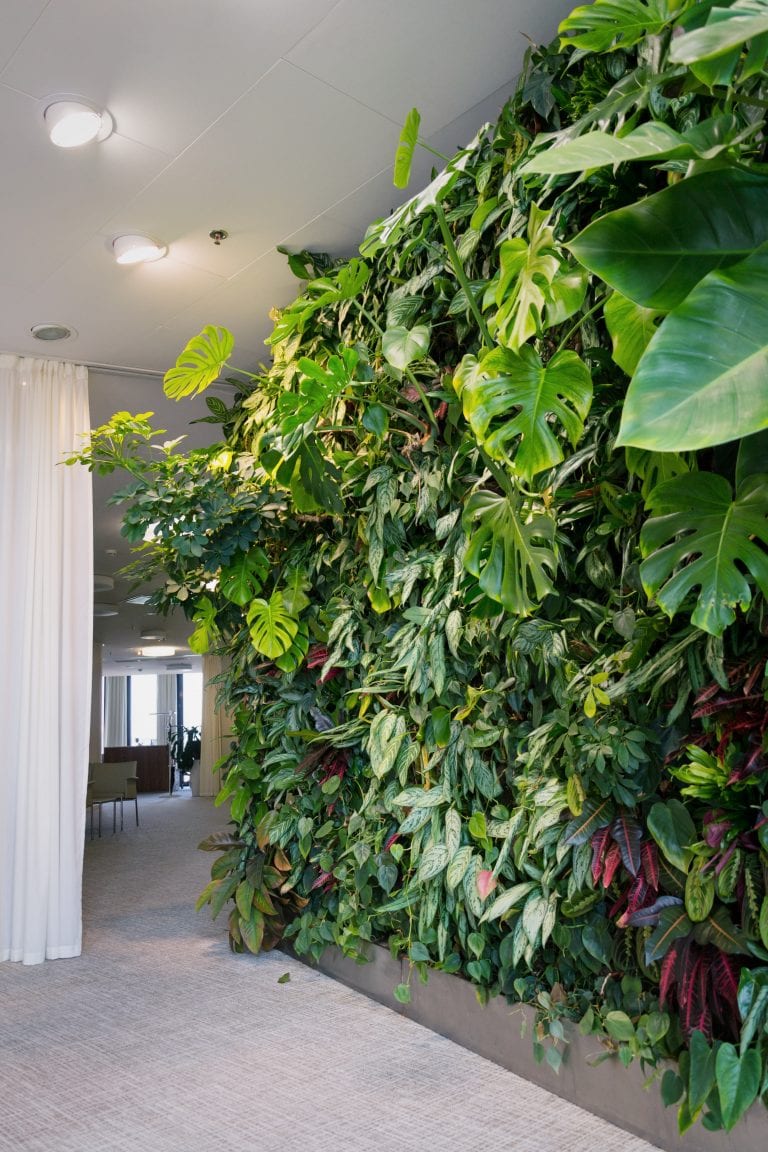Clearing the air: improving indoor air quality in the built environment

Following on from our event in the autumn on The Future of Indoor Air Quality in Manchester, this blog summarises the key themes presented by the speakers.
We spend a large proportion of our lives indoors whether this be at home, work, school or leisure, but unfortunately indoor air quality can sometimes be worse than outdoors. Air quality is an important factor for internal environmental quality, along with temperature and lighting levels, however you cannot detect bad air quality in the same way that you would notice if a space was too hot or too cold, or if there was poor lighting.
Our indoor air
Hilson Moran’s Air Quality Consultant, Tom Reade, discussed the key indoor air pollutants we should be concerned about and their sources which include Volatile Organic Compounds (VOCs), Formaldehyde, Carbon Dioxide (CO2), Particulate Matter (PM) and Nitrogen Dioxide (NO2).
Sources of these pollutants can include outdoor air, textiles, mould/bacteria, gas cookers, cleaning products, pet hair, scented candles, stoves, and products such as deodorants. Our outdoor air quality is dependent on location – road traffic is a major factor, along with emissions from non-road traffic and industry. All major UK cities now have Air Quality Management Areas (AQMA’s) where air quality is continually monitored.
Health effects of indoor air pollution can range from minor symptoms such as headaches, a cold, eye irritation or fatigue, to more serious conditions such as coronary heart disease, stroke, respiratory disease, cancer and the exacerbation of asthma. Poor air quality may also result in decreased productivity and low employee satisfaction.
Recent UK legislation banning the manufacture of new petrol and diesel cars from 2040 along with the utilisation of more electric based heating instead of fossil fuels should see improvements in our outdoor air in the future. However, DEFRA reports that whilst air pollution from domestic and industrial purposes is improving, pollution from traffic is worsening worldwide, especially in developing countries.
So, what can we do to make our indoor air better?
We can minimise sources of indoor pollution by purchasing low VOC furnishings, avoiding using polluting cleaning, laundry and body products that contain harmful chemicals, and combustion-based cooking and heat sources. Keeping spaces well ventilated is important for purging the build-up of pollutants – this can be challenging for modern buildings which are designed to be more air tight for energy efficiency reasons and can trap pollutants inside.
In terms of building design, natural ventilation can result in good indoor air quality, but it may not be the best option for buildings located in areas with poor outdoor air, where a mechanical system would allow for harmful pollutants to be filtered out. Air quality can fluctuate throughout the day so having air pollution sensors, alarms or even a traffic light signalling system on openable windows can inform building occupants when it is safe to have windows open and when they should be closed.
Our speakers presented some interesting and innovative solutions to how we can better our indoor air and environmental conditions in order to improve occupant wellbeing.
Indoor Planting and Internal Environmental Quality
Curtis Gubb, from the University of Birmingham and Cundall, presented his PhD findings into the function of indoor plants and how they can remove pollutants from the air. His research looked into the removal of pollutants such as Benzene, Formaldehyde, NO2, PM2.5, CO2 and also how they can affect Relative Humidity (RH). Houseplants can remove pollutants, but in varying degrees and the effectiveness is affected by factors such as light levels, soil moisture and substrate type.
In order to achieve a significant reduction in air pollutants, large volumes of planting would be necessary. Green walls have the greatest potential – especially active green walls which include active air flow – but further investment is required. The effect of houseplants on RH is still unknown, as experiments have not provided conclusive results.
Sensor technology and occupant feedback
We heard from Richard Midgley of arbnco who specialise in the manufacture of sensors which measure various indoor environmental metrics, including the concentrations of a variety of indoor air pollutants. The sensors provide ongoing real-time measurement and are linked to software allowing occupant engagement in order to develop algorithms which can subsequently detect potential trouble spots before they arise. This type of system can help to maintain good environmental conditions and improve occupant satisfaction and wellbeing.
Tieto Empathic Buildings
Sensors can work alongside smart building technology to provide a digital Building Automation System, as presented by Tomi Teikko of Tieto Empathic Building. Using sensors and a digital model of a building displayed as an interactive interface, occupants are offered options for atmospheric conditions of workspaces, equipment or location of colleagues. Real-time occupant feedback also feeds into the system which allows the system to instantly respond to issues. The system can also provide heating and cooling based on occupancy and reaction to atmospheric sensors as well as occupant feedback data, including demand controlled ventilation through the digital interface. This sensor and smart system allows ongoing monitoring and adaptable environmental conditions and spaces.
Whilst technological advances are allowing us to improve the environmental conditions of our buildings, future improvements to outdoor air would subsequently enable better indoor air quality. It would also have a positive impact on our urban design – we would be more inclined to have naturally ventilated buildings, and more outdoor spaces in residential areas and schools. Cleaning up our outdoor air has the potential to really impact how we live and work in our cities.
Related
Navigating the challenges around hard-to-recycle materials

What are the environmental impacts of construction materials? An introduction to Embodied Ecological Impacts

Why is social value so crucial when developing and managing commercial real estate?

Biodiversity Net Gain: Are you ready for the incoming legislation?

